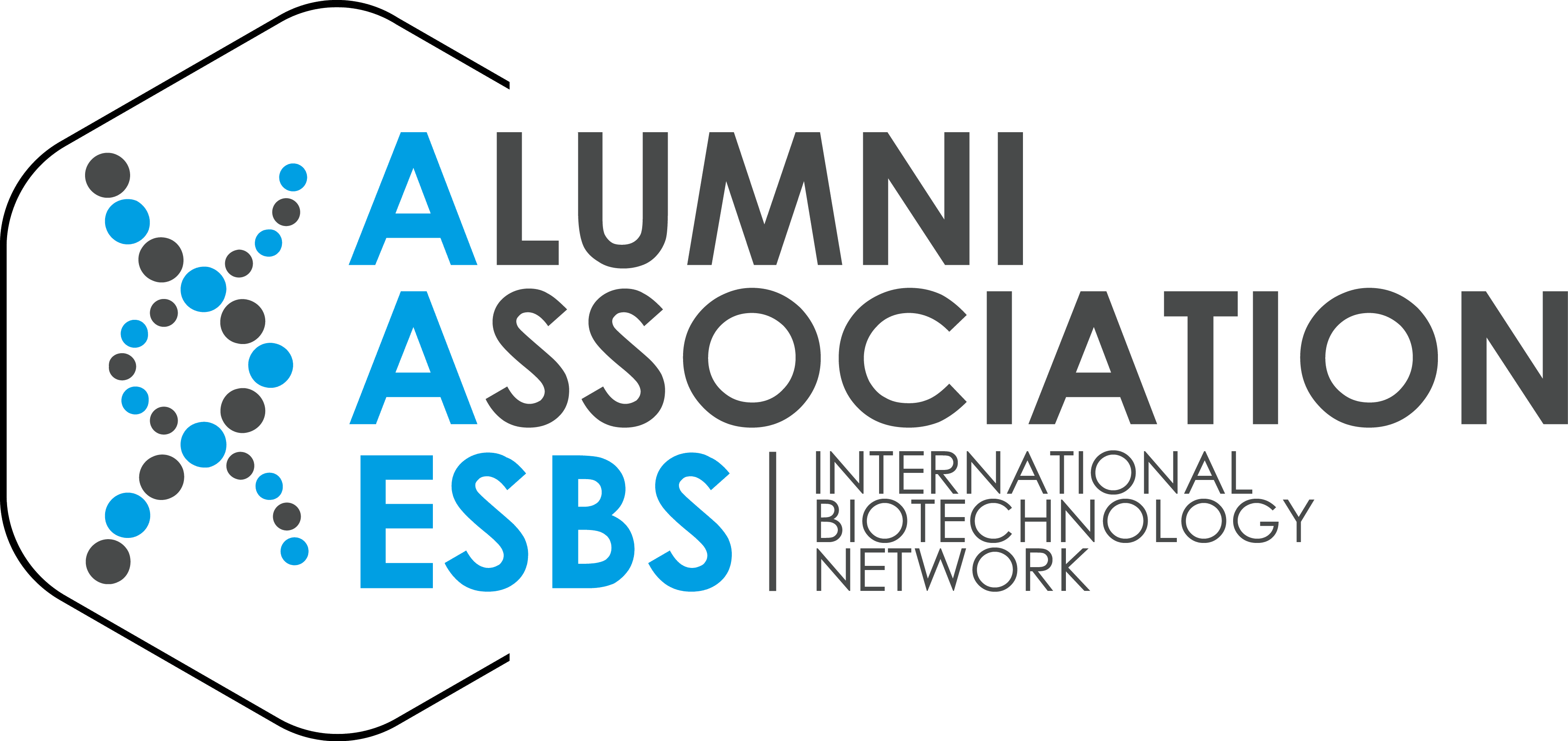The Audience

A presentation should always be tailored to the needs of the audience.
Anyone who has been invited to a presentation expects more than just a straightforward lecture. They expect the information to be:
–Relevant, “Tailored”, easy to understand
–Appealing, “Entertaining”
–Objective, delivered by an expert
Building a relationship with the audience from the start is crucial for presentations as well as many other means of business communication. This means recognizing the audience as individuals, as human beings and first meeting them on an interpersonal level. Try to arrive earlier, welcoming the participants, having small talk,etc.
Consider your audience by asking yoursdelf the following questoins:
– “Who am I talking to ?”
– “What do they need or expect ?”
– “What’s their level of knowledge on my subject ?”
– “What do I want them to “take away” ?”
If at any time during the presentation you are not talking to the audience, it means that something is wrong. A lot of speakers talk to the screen, laptop or to their notes for examples.
Body Language

To enhance your presentation you have to take several points into considerations :
Eye contact opens up one chammel of interpsonal communication. It helps initiate and foster a relationship. It expresses your regard for members of the audience who have given up their personnal time to be there. Only with this direct eye contact hat your audience feels they are being addressed personally and will respond accordingly.
It also provides you feedback and let you know what the audience is thinking, then you can adjust what you are saying.
There’s a magic rule for every eye contact should last around 3-5 seconds per person. Avoid to sweep your eyes across or above the audience.
To succeed to look at all the audience you can use the “M-W” technique. Imagine a huge letter M spanning the audience, you then make eye contact with each of the people at the five points of the letter for the suggested length of time, and before doing the same again using the letter W for the next five people etc.
Learning to control your voice even when you are nervous can greatly enhance your presentation. The three most common issues with the voice are the following:
Lourdness
Be aware of the volume of your voice. Some speakers are unsettled by the acoustics of large rooms and therefore speak too softly or too loudly. Others focus on how little time they have, and speak too quickly and often unclearly. Yet others are so concerned with themselves and their topic that their voice are lifeless and monotonous.
A loud voice grasps attention and forces you to speak clearer and slower. Automatically creating a more secure and forthcoming impression.
Rate of Speech
When we are nervous we often speak more quickly. Increase speed is not necessarily a problem as long as the pronunciation is clear. To avoid to stumbling over words, i.e. mumbling, articulating poorly, hesitating or stuttering, listen to the last word of each sentence pause and then continue with your next sentence. Pausing during a presentation can be an effective way of emphasizing important points and letting the audience digest what you have been saying.
Do not be frightened to have moments of silence during your presentation.
Intonation
Learn to listen to yourself speak. By monitoring not only what you say but also how you are saying it. Try to speak normally, even if you are too tense. When you are strained, often the pitch at the end of a sentence goes up. This fit perfectly for a question, but for statements it is perceived as doubtful or dubious.
There is nothing to it: Gestures belong to our natural communication habits. If we do not thing about it, we naturally talk with our hands. Practice to gesticulate in front of an audience as you would in a stimulating discussion with friends – nothing more.
During presentations and in other situations where you are particularly nervous, you need to make sure that you use prominent gestures above your waistline (in the so-called “positive zone”). After making a gesture with your hands or arms, they should be returned to a relaxed position below the waistline (in the so, this gives the audience a visual break.
If all your gestures are made in only one of these two zones they will fail to enhance your spoken words.
Putting all your weight on one leg and shifting it to the other and back again creates a rocking movement which hypothises and distracts your audience. On the other hand, remaining rooted to the spot or pacing back and forth are also distracting behaviors.
Keep your body upright, yet relaxed. You should stand straight, without appearing rigid. Therefore, point your feet toward the audience and distribute your weight evenly on both feet. Your presentation can be improved by taking an occasional step sideways to emphasize your message or to diverge a little as can a small step toward the audience.
By combining a smile with positive eye contact you immediately initiate (non-verbal) communication with your audience, generating positive feelings toward you and increasing your credibility. The initial feeling of isolation is lost and you quickly feel at ease in front of the group.
A loud and clear voice will assist you in overcoming any signs of nervousness in your speech. It will control your breathing and heightening the attention level of your audience and consequently raise your feeling of security.
Well-controlled posture and expansive gestures help hide shaky hands or wobbly knees and at the same time reduce muscular tension. Canalizing energy into these physical presentation skills has the same effect as doing relaxation exercices.
